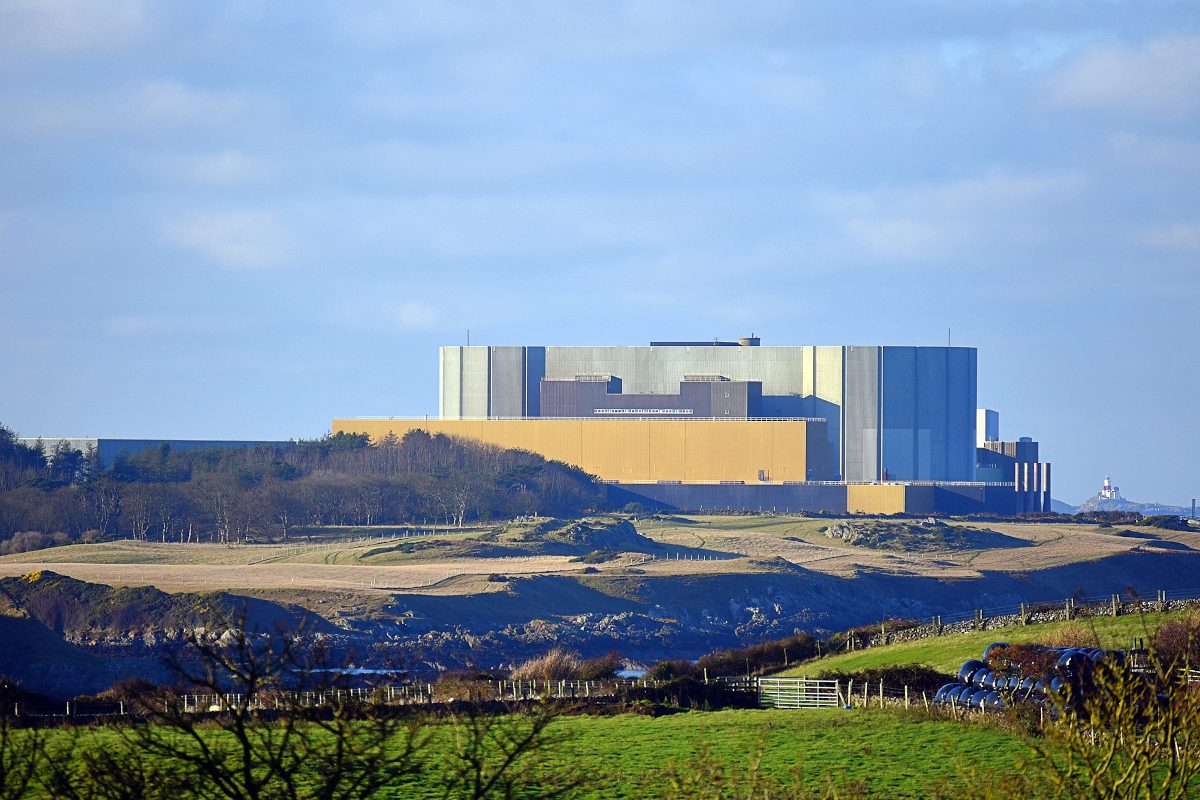Google’s greenhouse gas emissions have soared 48 per cent over the past five years with its artificial intelligence (AI) products relying on energy-intensive data centres.
The group labelled “increases in data centre energy consumption and supply chain emissions” as the primary driver behind the rise, with total emissions reaching 14.3 million metric tons, according to its annual environmental report.
It is estimated that data centres contribute 2.3-3.7 per cent of the world’s CO2 emissions, surpassing the global aviation industry which accounts for 2.1 per cent.
In the report, Google said that “reaching net-zero emissions by 2030 is an extremely ambitious goal and we know it won’t be easy”, citing that the future of AI and its environmental impact is “complex and difficult to predict”.
Last week, Microsoft’s co-founder, Bill Gates, downplayed AI’s climate impact, saying it would be more of a help than a hindrance. He also said that big tech is “seriously willing” to pay the extra premium to bootstrap clean energy capacity.
At the end of 2023, Google released Gemini, positioned as a competitor to OpenAI’s ChatGPT-4 and the search engine firm’s biggest leap into the AI trend. The tech giant is placing AI at the heart of its new Pixel phones in order to make them “even more helpful”.
John Kirk, CSO at ITG commented: “The insatiable demand for AI adoption is already fuelling a wave of increased emissions, leaving big brands open to scrutiny around their sustainability credentials. Forward thinking organisations will need to look again at the impact their operations are having on the environment and work with partners in the supply chain such as creative agencies to provide a more open and honest account of their activities. Customers now expect both accountability and a clear action plan to offset or reduce emissions, and without it, trust will be lost.”


















